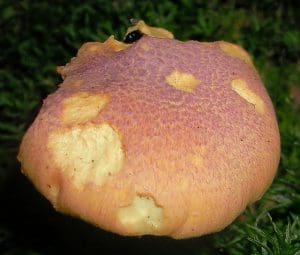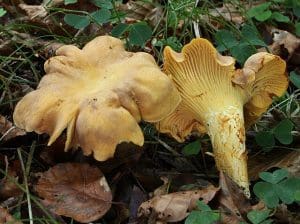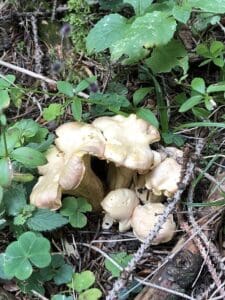Amethyst Chanterelle / Summer / Autumn / Winter / Edible
The Amethyst Chanterelle (Cantharellus amethysteus) is a captivating mushroom known for its striking purple hue and delightful flavour. This identification guide aims to help mushroom enthusiasts and foragers recognise this unique fungus in the wild.
Found in deciduous and coniferous forests across Europe, the Amethyst Chanterelle is prized for its culinary uses and visual appeal. Characterised by its funnel-shaped cap, wavy edges, and distinctive amethyst colouration, it can be distinguished from other Chanterelles by its vibrant appearance.
With this guide, you’ll learn to identify, harvest, and appreciate the Amethyst Chanterelle safely and responsibly.
Scientific Name
Cantharellus Amethysteus
Common Names
Amethyst Chanterelle
Family
Cantharellaceae
Habitat
They are mycorrhizal and usually grow under hardwood trees, particularly oaks. Very rarely they are found near Pines.
Description
A rare mushroom in the UK, usually found in small groups. sometimes found in large troops, they can also grow in rings or individually. Very beginner friendly as it has ‘folds’ rather than gills.
Identifying Features:
Cap:
The caps are flat topped when young developing a depression as they age. They have a slightly downy texture with irregular, wavy edges, toughly 5-10 cm in diameter. The colour varies depending on age, from light yellow to brown but with a slight purplish hint.
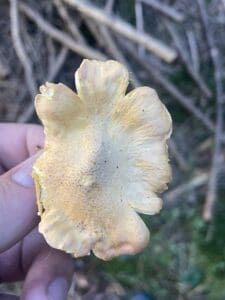
Stem:
The stem is paler than the cap and usually no more than 2 cm long. The flesh is the same colour as the stem.
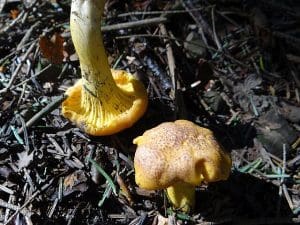
Gills:
Not technically gills, they have yellow wrinkled folds or veins on the underside of the cap. The veins are very thick and decurrent, and are straight near to the stem but forked towards the edge of the cap.
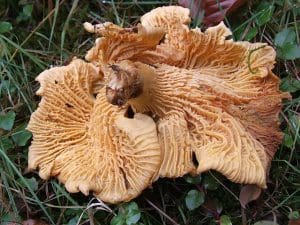
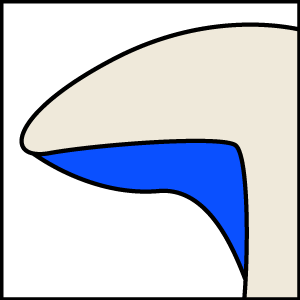
Smell:
They smell of apricots when fresh.
Spores:
Pale yellow with a slight hint of purple.
Uses:
In food:
Pretty much the same flavour and texture as a normal Chanterelle (Cantharellus cibarius) which is one of the most prized wild mushrooms in the wild.
Harvesting Tips:
As they are quite rare, I would only take them if they were abundant and I’d leave any small specimens to drop their spores.
Known hazards:
None known.
Potential lookalikes:
The most similar looking mushroom is the Chanterelle (Cantharellus cibarius), the Chanterelle is more yellow in colour and is also a gourmet edible.
References:
https://www.first-nature.com/fungi/cantharellus-amethysteus.php



